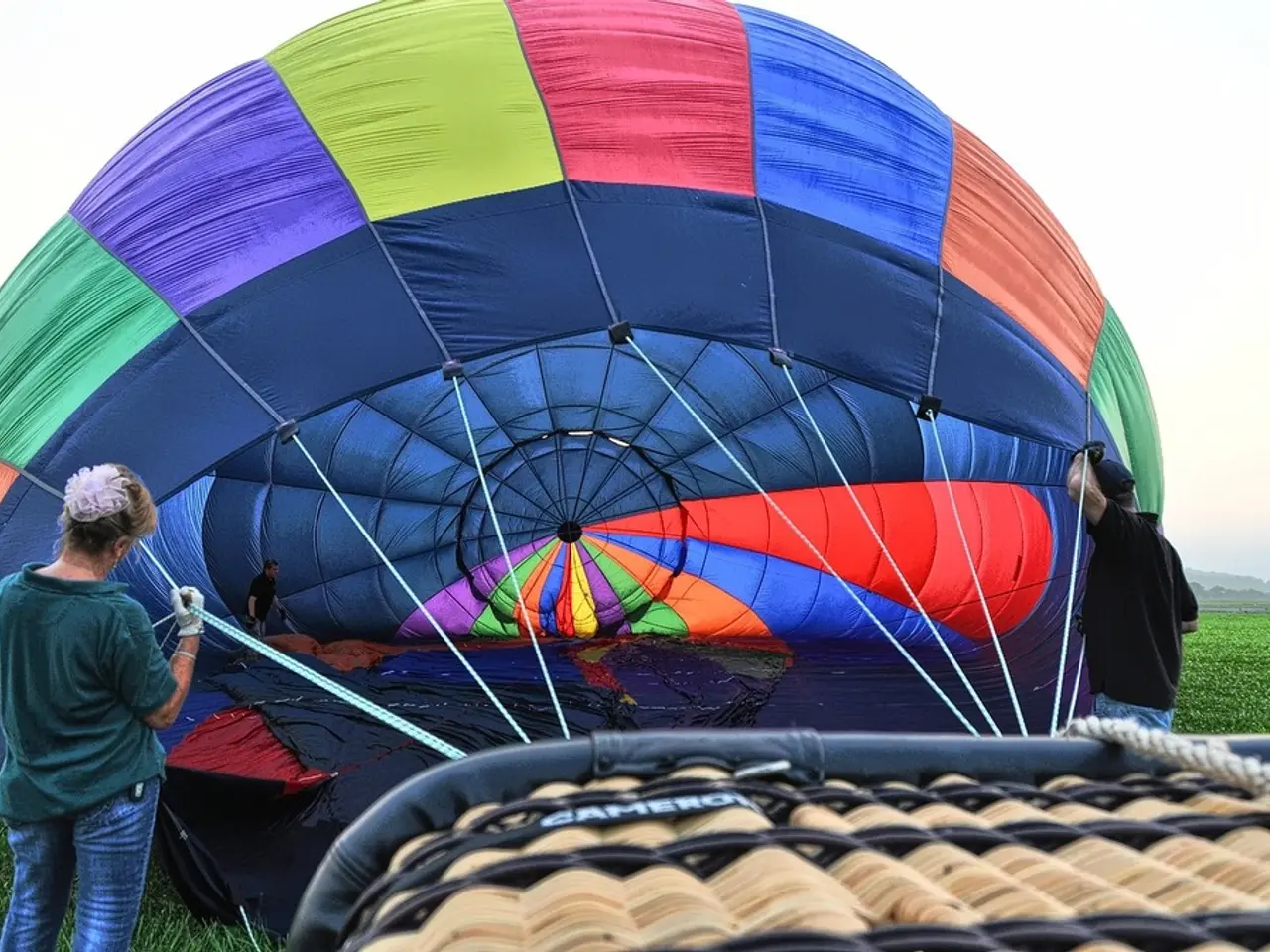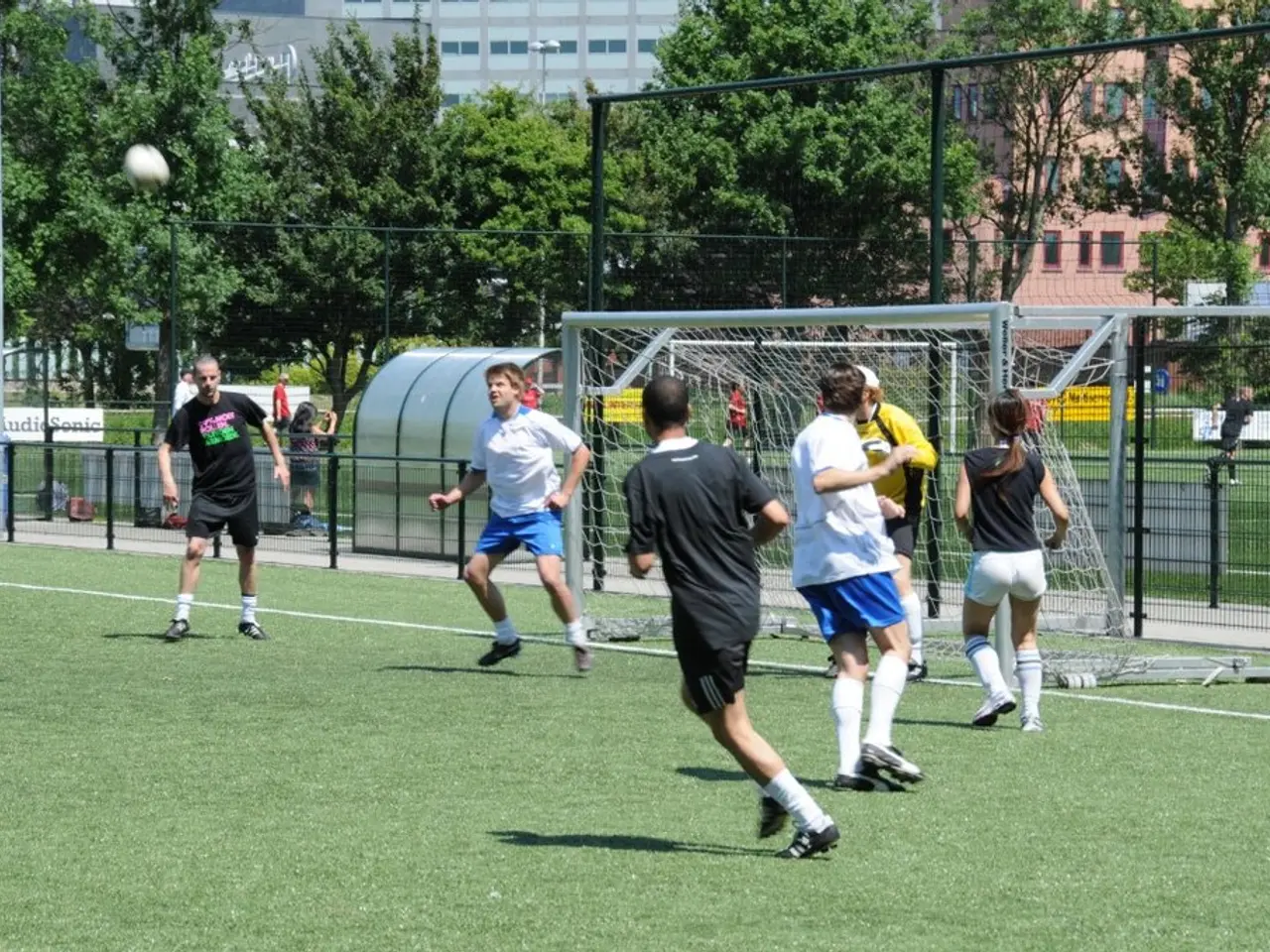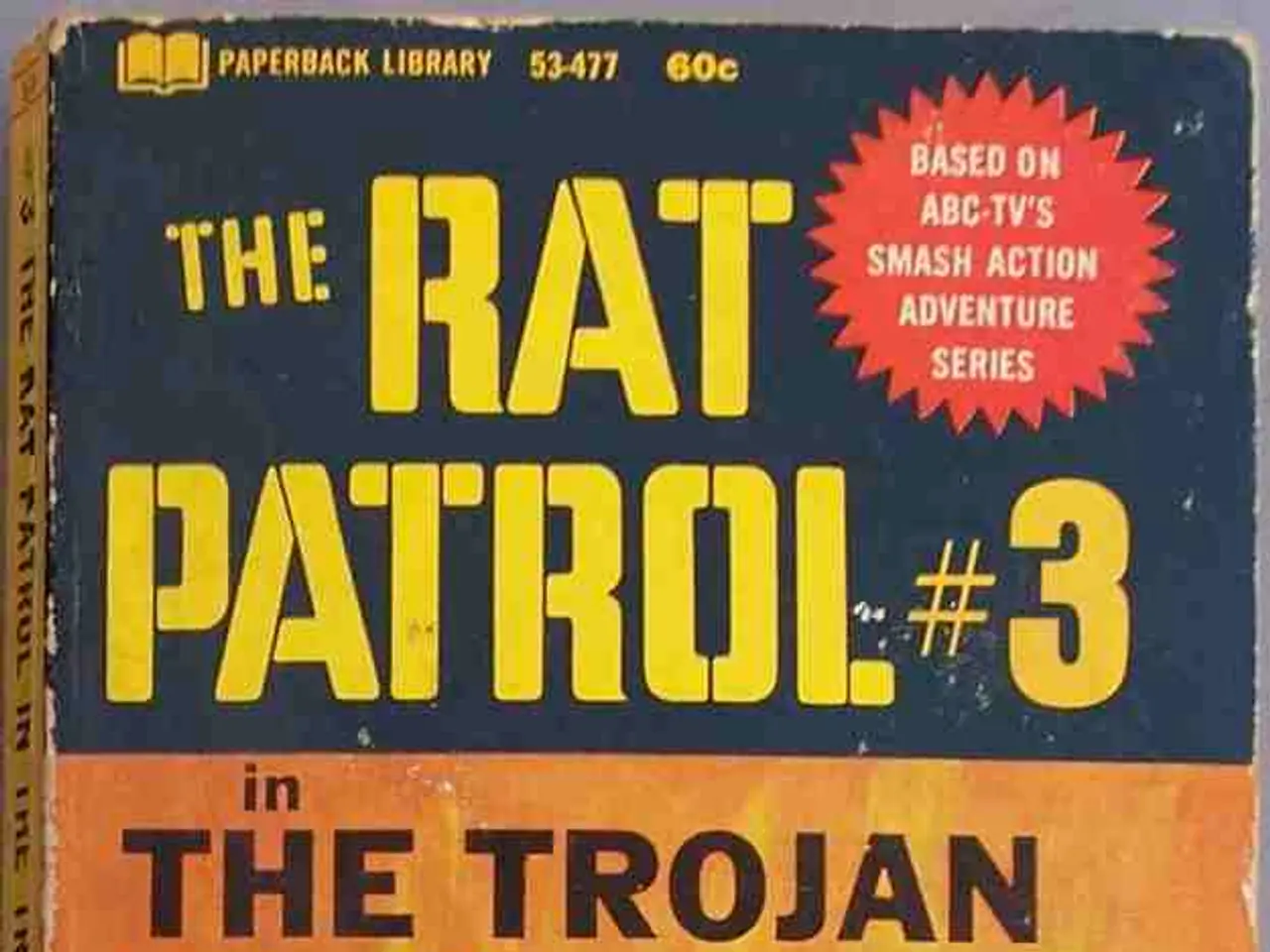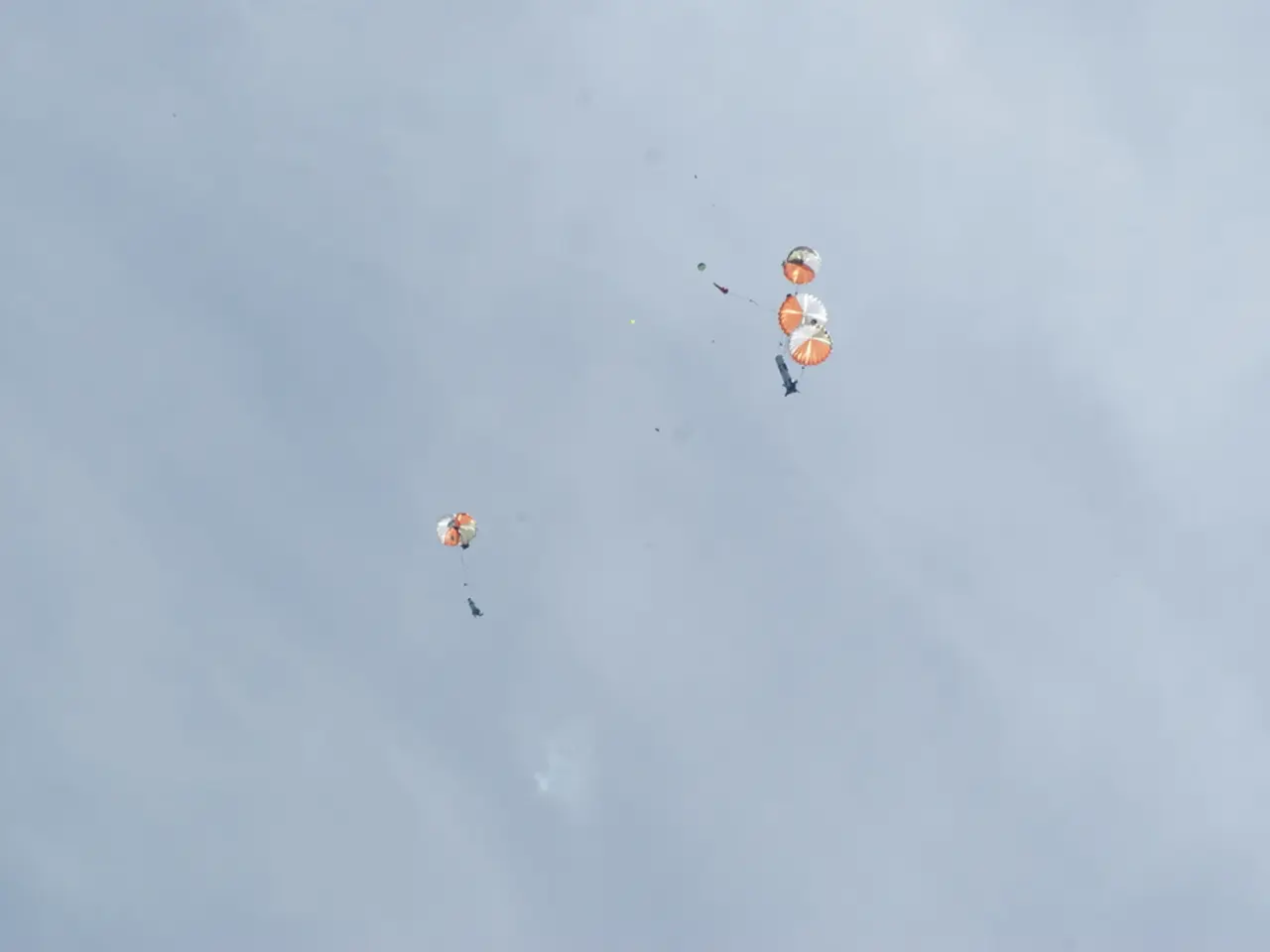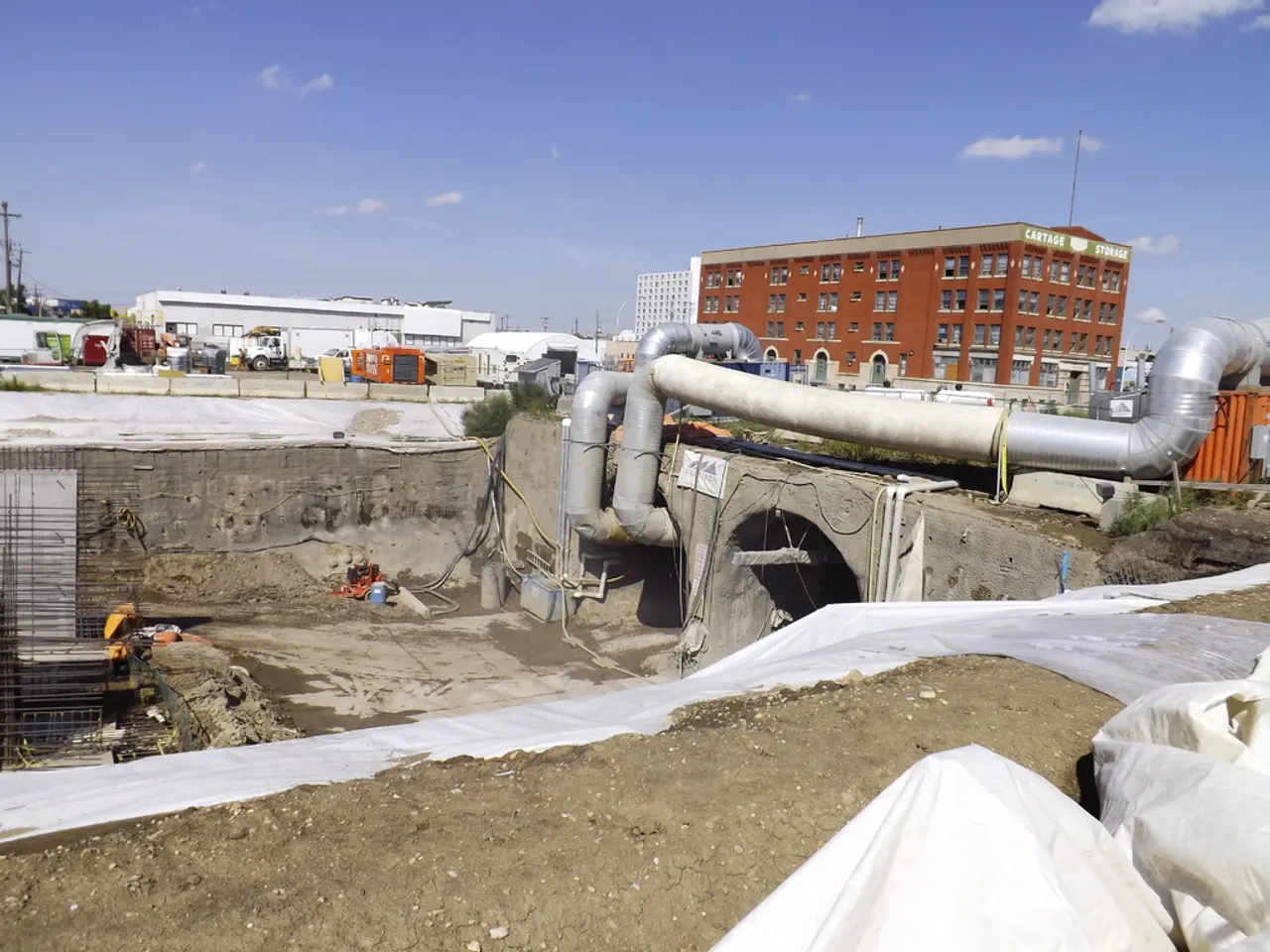Authentic Footage of Bigfoot, Verified by Patterson-Gimlin
The recent restoration of the Patterson-Gimlin Bigfoot film, a famous piece of footage purportedly showing a Bigfoot, has sparked renewed debate within the scientific community and amongst skeptics. This restoration project, led by Todd Gatewood, has utilized modern video stabilization and enhancement techniques to clarify the shaky original film[1].
The enhanced footage has led to a fresh examination of the creature's movements and muscle dynamics, yet no definitive proof of authenticity or hoax has been established[1][4]. Some skeptics, including Bob Heironimus, continue to claim the film was staged using a costume. However, Heironimus' assertion that he wore a suit in the film remains disputed due to inconsistencies in his story[5].
Despite the advancements in technology, the debate remains inconclusive. The footage could depict a real unknown creature or a human in costume[2][4]. The Bigfoot Research Organization BFRO notes that while costume attempts have shown hair length and color differences, these are not the only differences that make the original creature in the film unique[6].
Notably, the stabilized video of the Patterson-Gimlin film does not portray the creature moving in an unnatural way[3]. The creature is said to glance back at the camera at one point, adding to the intrigue surrounding the footage[3].
The film, shot in 1967, was not typically filmed at 24 frames per second as claimed by Roger Patterson. The film speed is unknown due to the shaky nature of the footage. However, Grover Krantz, based on an analysis by Igor Bourtsev, suggests that the film was likely shot at a speed of 18 frames per second, aligning with the creature's pace and the observed bounces in the initial shaky segments[7].
The film, shot by Roger Patterson and Bob Gimlin in Bluff Creek, California, captures a large, hairy bipedal figure walking through a forested area. The creature's face in the film resembles a ski mask with a cut-out window for the eyes[8].
Despite allegations of a hoax, the Bigfoot Research Organization BFRO states that the Patterson footage has never been conclusively proven to be a hoax[6]. Gimlin has always denied being involved in any part of a possible hoax with Patterson[9].
Significant financial resources have been invested in attempts to create a matching costume for the Patterson-Gimlin film, but none have succeeded, including efforts by top Hollywood costume designers and the British Broadcasting Corporation[10].
The film runs for approximately 59.5 seconds and consists of 954 frames. René Dahinden reported that the footage of horses prior to the Bigfoot film looks jerky and unnatural when projected at 24 frames per second. He conducted an experiment at the filming site and found that none of the participants could walk the distance in 40 seconds at 24 frames per second[11].
Allegations of a hoax have been made against Patterson, with claims that he confessed to staging the film to generate money for his wife. However, these claims remain unverified[2].
In summary, the recent video stabilization technology has enhanced the Patterson-Gimlin film, leading to renewed debate but no conclusive resolution on its authenticity. The controversy involves technical analysis of the footage's subject and ongoing claims and counterclaims about whether it shows a genuine unknown primate or a hoax[1][4][5].
References: 1. The Bigfoot Times 2. Skeptic Magazine 3. Live Science 4. National Geographic 5. Patterson-Gimlin Film Hoax Claims 6. Bigfoot Research Organization 7. Igor Bourtsev's Analysis 8. Patterson-Gimlin Film Description 9. Interview with Bob Gimlin 10. Attempts to Create a Matching Costume 11. René Dahinden's Experiment
Mixed-martial-arts enthusiasts might find the Patterson-Gimlin Bigfoot film's creature's swift, agile movements reminiscent of a well-trained fighter, yet the authenticity of these movements remains undetermined due to ongoing debates within the scientific community. Despite Allegations of a hoax, the Bigfoot Research Organization BFRO maintains that no conclusive proof of the film being a staged mixed-martial-arts performance has been established.

